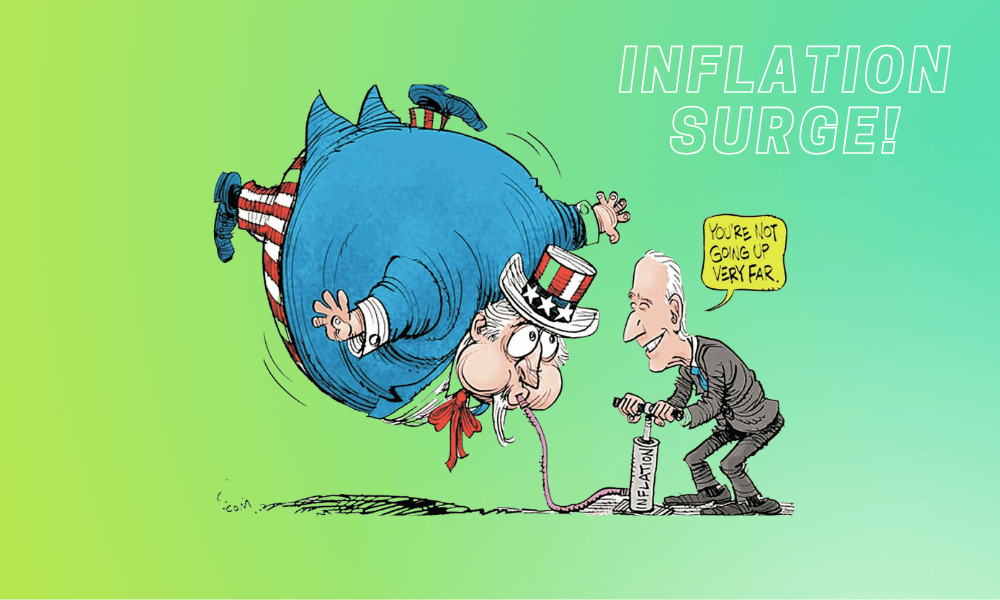Accelerating inflation could result in the US Federal Reserve raising interest rates even more a...

Accelerating inflation could result in the US Federal Reserve raising interest rates even more aggressively this year than economists were expecting according to an analysis by Goldman Sachs.
With the market already expecting rate hikes of four quarters of a point this year,
Goldman economist David Mericle said the Omicron spread is exacerbating gains and could force the Fed to hike at a faster pace.
Four increases in March, June, September, and December,” Mericle said in a note to customers from Saturday changes.
The report comes just days ahead of the policymaking group's two-day meeting, which begins on Tuesday.
Markets do not expect rate action as I disagree with the meeting but I expect the committee to prepare a rate hike in March.
If so, it would be the first hike in the central bank's interest rate since December 2018. Raising interest rates would be one way to stave off rising inflation.
While running at the highest 12-month rate in nearly 40 years. Mericle said economic complications from the spread of Covid have exacerbated the imbalance between booming demand and limited supply.
Second, wage growth remains high, particularly in lower-paying jobs, even though increased unemployment benefits have ended and the labor market should have eased.
| Hot News: BTC Dips To $36K! Hail Mary Is Required To Avoid A Bear Market! |
"We see the risk that FOMC will look to tighten at every meeting until the picture changes," Mericle wrote.
“This raises the possibility of an increase or earlier release of the balance sheet in May and more than four increases this year.
The March meeting, and a more than 85% chance of four moves in all of 2022, according to CME data turn of the century and strove to burst the dot-com bubble.
The probability of a fifth-rate hike has risen to nearly 60%, according to CME's Fed Watch indicator.
In addition to rate hikes, the Fed is also circling its massive bond-buying program, with March being the current date, to end an effort that has more than doubled the central bank's balance sheet to just $9 trillion.
While some market participants have speculated that the Fed could end the program at next week's meeting, Goldman does not expect that to happen.
However, the Fed could provide further clues as to when it will start deleveraging. Goldman predicts the process will begin in July and be conducted in monthly increments of $100 billion.
The process is expected to take 2 to 2 1/2 years and reduce the balance to $6.6 trillion from a still-high $6.1 trillion.
The Fed will likely allow some of the proceeds from maturing bonds to shrink each month rather than sell the securities outright, Mericle said.
However, higher-than-expected and prolonged inflation has posed upside risks to the forecast.
"We also see increasing chances that the FOMC will look to tighten at its May meeting when the inflation dashboard is likely to remain quite hot," wrote Mericle.
“If so, that could ultimately lead to more than four rate hikes this year. There are some key economic data points this week, although they will come after the Fed meeting.
Fourth-quarter GDP will be released on Thursday, with economists expecting growth of around 5.8%, while the index of consumer spending.
Which is the Fed's preferred indicator of inflation, will be released on Friday and is expected to show a monthly gain of 0.5% and an increase of 4.8% over the previous year.